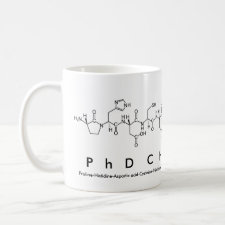
Authors: Canlas CP, Lu JL, Ray NA, Grosso-Giordano NA, Lee SS, Elam JW, Winans RE, Van Duyne RP, Stair PC, Notestein JM
Article Title: Shape-selective sieving layers on an oxide catalyst surface.
Publication date: 2012
Journal: Nature Chemistry
Volume: 4
Issue: (12)
Page numbers: 1030-1036.
DOI: 10.1038/nchem.1477
Alternative URL: http://sites.weinberg.northwestern.edu/vanduyne/files/2012/11/2012_Canlas.pdf
Abstract: New porous materials such as zeolites, metal-organic frameworks and mesostructured oxides are of immense practical utility for gas storage, separations and heterogeneous catalysis. Their extended pore structures enable selective uptake of molecules or can modify the product selectivity (regioselectivity or enantioselectivity) of catalyst sites contained within. However, diffusion within pores can be problematic for biomass and fine chemicals, and not all catalyst classes can be readily synthesized with pores of the correct dimensions. Here, we present a novel approach that adds reactant selectivity to existing, non-porous oxide catalysts by first grafting the catalyst particles with single-molecule sacrificial templates, then partially overcoating the catalyst with a second oxide through atomic layer deposition. This technique is used to create sieving layers of Al2O3 (thickness, 0.4-0.7 nm) with 'nanocavities' (<2 nm in diameter) on a TiO2 photocatalyst. The additional layers result in selectivity (up to 9:1) towards less hindered reactants in otherwise unselective, competitive photocatalytic oxidations and transfer hydrogenations.
Template and target information: p-tert-butyl-calix[4]arene, CAL, adamantane carboxylic acid, ACA, di-tert-butyl catechol, TBC



Join the Society for Molecular Imprinting

New items RSS feed
Sign-up for e-mail updates:
Choose between receiving an occasional newsletter or more frequent e-mail alerts.
Click here to go to the sign-up page.
Is your name elemental or peptidic? Enter your name and find out by clicking either of the buttons below!
Other products you may like:
 MIPdatabase
MIPdatabase









